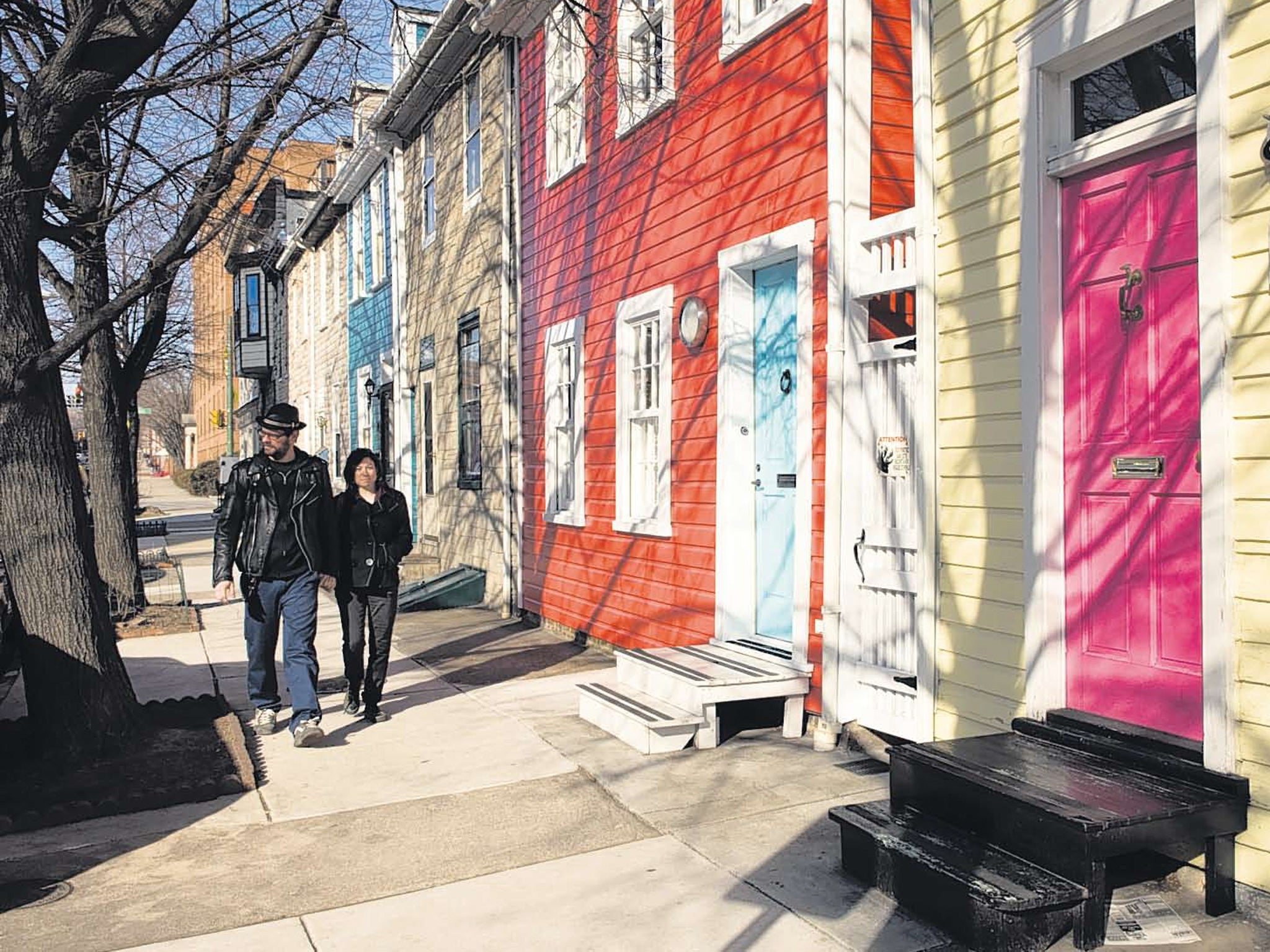America builds up to a return
The country's housing market dictates when the wider economy will recover. Some experts say it has turned the corner, but has it?

The story of the Great Recession is the story of the American housing market. Brick by brick, excesses there piled up to the point of collapse and then the whole thing came cascading down, taking the wider economy down with it. Rebuilding it has been, and remains, a key preoccupation of policymakers struggling to put things right. "The degree to which that challenge is met," Federal Reserve chairman Ben Bernanke said this week, "will help determine the strength and sustainability of the economic recovery."
But things are looking up, at least if you believe some of Wall Street's biggest banks (Mr Bernanke also acknowledged an improvement). Comments from businesses that operate in the sector and market indicators, too, have been turning amber, driving the view in some quarters that a revival might be under way. Opponents of this view counsel caution, pointing to improved but still elevated unemployment levels and the props (such as record low interest rates) put in place by Mr Bernanke and his policymaking colleagues. The recovery, they say, is far off. The market might have bottomed out but, they warn, it's unclear if a recovery is place.
JPMorgan's Jamie Dimon, high-finance's teflon boss, couldn't have been clearer about where he stood. "The housing market," he proclaimed while announcing record profits at the bank last month, boosted, in part, by strength in its mortgage business, "has turned the corner." Wells Fargo and Bank of America were also upbeat.
Not long after Mr Dimon's assessment came the news that new residential construction projects had jumped by 15 per cent in September to a seasonally adjusted annual rate of 872,000. Further encouragement came from the figures in applications for buildings permits, which presage future trends. Up by 12 per cent in September, permits climbed to an annual rate of 894,000, the highest since July 2008, according to Commerce Department figures.
Confidence among United States housebuilders, meanwhile, rose to its highest level in six years in October. The reading of 41, up from 40 in September, was the strongest since June 2006, according to an index produced by the National Association of Home Builders and Wells Fargo. Another index, the Standard & Poor's/Case-Schiller house price gauge, also reported an improvement, with average home prices in 20 cities up by 0.9 per cent on that measure in August. The uptick marked the fifth straight month of gains for the index.
As if to underline all these positive trends, Warren Buffett decided it was time to ink a deal with a Canadian real-estate investment firm that would more than double the size of his Berkshire Hathaway's real estate brokerage business. A recovery must be in motion.
Except it might not be. On Wall Street, Mr Dimon's proclamation was challenged, obliquely, by John Gerspach, chief financial officer at Citigroup, who warned "there are still some rather significant challenges" on the horizon. Robert Schiller, the economist best known for co-creating the Case-Schiller house price gauge, has also been careful in his assessment. "There are positive signs. The problem is that it's not a really strong positive sign yet," he told Bloomberg earlier this month.
The caution is well founded. The low-interest rate regime persists, and appears set to persist for some time yet, while the Federal Reserve is also buying up $40bn (£25bn) of mortgage-backed bonds per month.
Indicators, moreover, remain well off the levels seen before the crash, and in the case of housing starts, below the levels seen before the bubble began to build up in the Nineties. And confidence among homebuilders, though improved, is still below the 50-point mark, indicating tough conditions.
All this despite the aggressive policy stance. Bears also point to the burden left over as a result of the crash, which for many key institutions has yet to run its course, and may encumber momentum in the months to come. The number of homes in foreclosure, for example, has eased since peaking in 2010 but, as Mr Bernanke noted recently, remains above 2 million, well above historical levels.
It also emerged this week that the Federal Housing Administration could be in need of taxpayer aid for the first time in its 78-year history.
The body offers private mortgage lenders guarantees against default by homebuyers, and has thus become a critical conduit for hard-up Americans, particularly those with a foreclosure on their record, to wade back into the housing market. Its reach has widened significantly since the crisis, with its loan portfolio more than tripling since the bubble burst.
But an independent report into its finances has now found that it is facing likely losses that will eat into its reserves, so much so that it could end up needing taxpayer support.
Viewed through the prism of these challenges, the market appears mixed at best. As Mr Bernanke acknowledged on Thursday, the sector is "far from being out of the woods". There are signs of improvement, but a variety of obstacles, including overly tight lending standards and policies among some mortgage lenders that, for instance, discriminate against minorities, could yet snuff out the revival.
Subscribe to Independent Premium to bookmark this article
Want to bookmark your favourite articles and stories to read or reference later? Start your Independent Premium subscription today.

Join our commenting forum
Join thought-provoking conversations, follow other Independent readers and see their replies